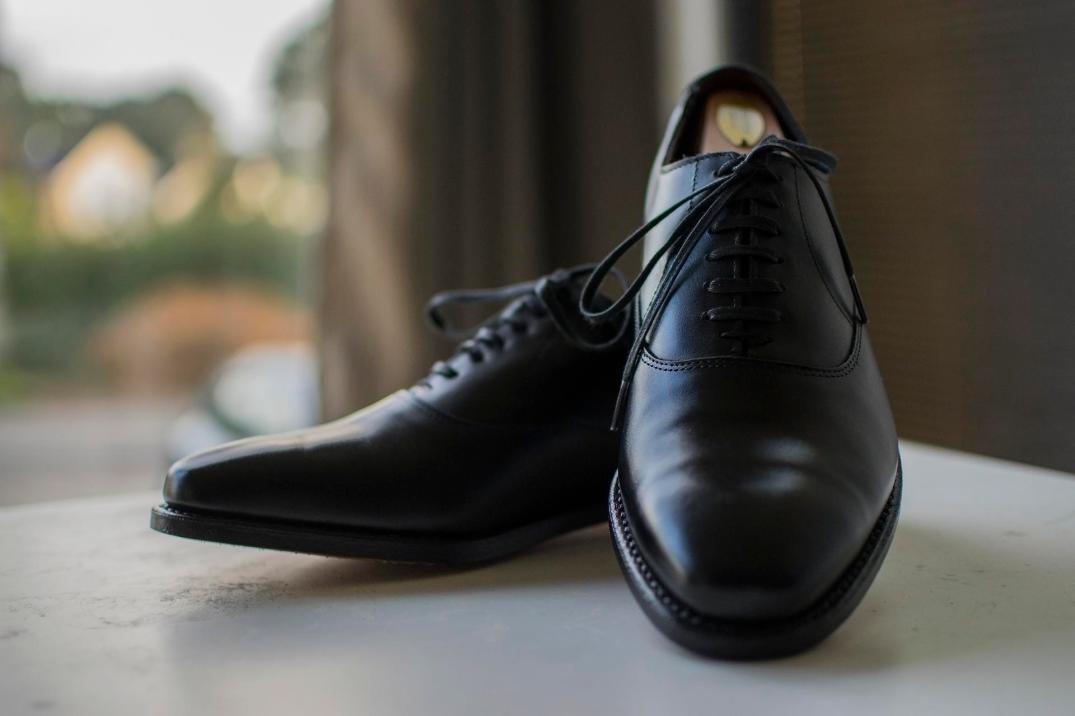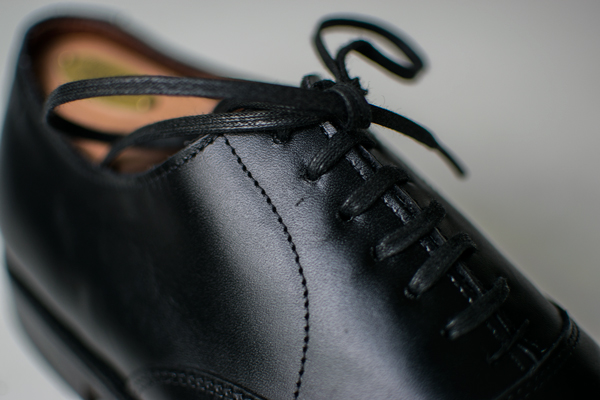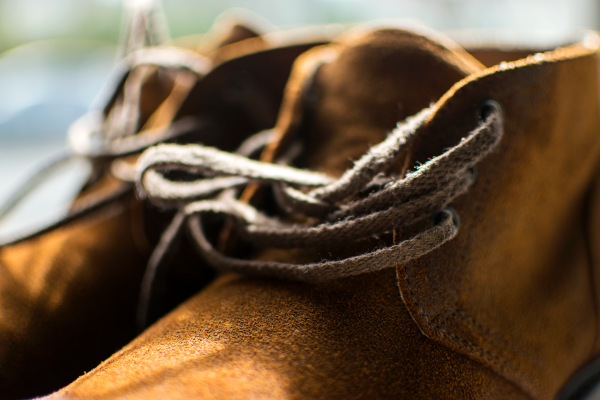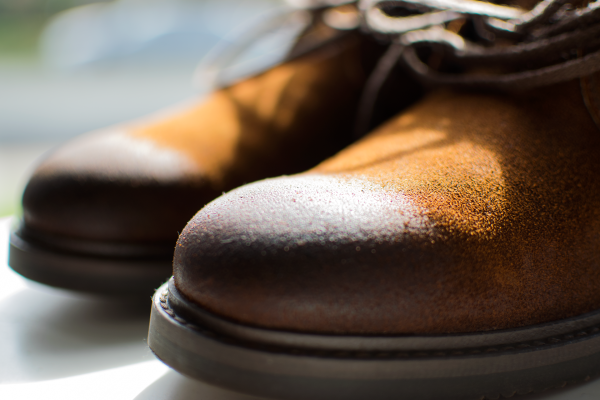With the turn of the seasons, it’s imperative to stay at the top of your style game, while accommodating for the changes in the weather.
With winter having slowly released its cold grasp on the world, dark, somber layers melt away one by one, and light and color begin to emerge and play. Spring is a time for lighter colors, for pales and pastels, as well as beginning to implement the louder, bolder pieces seen in the summer. As the warm weather and beating sun approaches, pastels in lighter weaves will keep you cooler, while the stronger colored pieces help life explode off your clothes, preparing you for summer.
Outerwear
During spring, there will always be those “April shower” days, where the rain complicates an otherwise mild day. It’s at these times that it’s imperative to own a lightweight coat, such as a trench or a mackintosh. These classic coats will allow you to stay dry even in the heaviest rains, while opting for one without lining will keep you from overheating. A trench coat is traditionally a long, double breasted coat adorned with epaulets and a belt used to cinch the waist in. They are often made from a type of treated cotton or wool, known as gabardine, that makes the garment waterproof. Be cautious with a trench coat though, as it has quite a controversial reputation. Remember, trench coats are formal coats meant to be worn over suits, and will look out of place if worn otherwise. For those who prefer a less buttoned-up, more modern alternative to the trench coat, a mackintosh resembles a stripped down, single breasted deconstructed of the trench, and is just as functional. It may not be as warm, however, as is the nature of single versus double breasted garments.
Light Jackets
For the days where the wind is slightly nippy yet the outside air isn’t entirely freezing, a light jacket is imperative. There are a variety of jackets to choose from, and each compliments a certain style. My favorite lightweight jacket is a harrington jacket. A harrington is very much like a bomber jacket, with the main difference being the mandarin-like buttoned collar, and an umbrella vent on the back to direct water away from the wearer. Most harringtons, like bombers, have elasticized cuffs and hems that tighten around the wrist and the waist. They are often made of a cotton synthetic blend, that allows them to be wind and waterproof, and feature slanted flapped pockets on each side that are able to be buttoned shut. Harringtons are lightweight and windproof without being too stuffy, but don’t expect them to hold up against real cold weather.
For those less preppy and looking for a more street style, consider the bomber jacket, the harrington’s dressed down cousin. Bomber jackets have their history in the air force, and have come a long way since. They are a cropped, waist-length jacket with elasticized cuffs and hems, as well as an elasticized collar. Traditionally, bombers will feature a pen pocket on the left tricep. They are made mostly with a cotton and nylon blend, though some are made of 100% cotton (this makes them lose their water-resistant properties), and even some in wool. There is hardly a men’s clothing store that doesn’t sell a bomber nowadays, and they come in all different fits and materials. Traditionally, bombers are quite padded, and as a result fit very boxy or puffy; these bombers are the ones that will keep you the most warm. Slim fit bombers do exist, of course, and naturally offer a cleaner look while sacrificing warmth.
Some may prefer yet a more ruggd, outdoorsy look, and it is here that field jackets or hunting jackets come into play. The classic M65 field coat is yet another garment with its roots in the US military. On the other side of the Atlantic we have the reowned Barbour waxed cotton jacket. Barbour jackets are all constructed from a 6 oz waxed cotton or Sylkoil, feature handwarmer pockets lined in moleskin, bellows pockets with drainage holes, and are immediately recognizable due to their cordouroy collar. Barbour jackets come in multiple designs; the most classic being the Bedale and the Beaufort. The Beaufort is a shooting jacket, featuring large game pocket in the rear, accessible via zipper on either side, nylon cuffs with velcro fastenings, and is about three inches longer than the Bedale. The Bedale, created for riding, has a slimmer fit and rear vents, as well as knitted woolen storm cuffs, intended the keep the rain out of your arms. I recommend that if you’re a shorter man (5’9″ or shorter), select the Bedale over the Beaufort If you prefer a slimmer jacket, the Barbour Ashby is akin to a slimmer Bedale. For a more coat-like jacket, the Border is like a long Beaufort.
Shirting
Linen is the savior of Summer. Maybe I’m being hyperbolic, but I’ve yet to wear a shirt that’s more lightweight, more breathable, and cooling as one made of linen. Yes, linen wrinkles, but that’s an integral part of linen; a part of its appeal. Cotton may yet be softer and smoother, but it cannot match the ventilation that linen offers. Linen is, however, fairly abrasive and may wear uncomfortably, and for many lightweight cotton shirts in broadcloth or poplin weaves are preferable. These shirts are easier to maintain a pristine look in, and at the end of the day, with their sheen and smooth textures, are easier to dress up than the casual, more textured linen shirts. That being said, you do sacrifice a bit of breathability in the heat, but for most people, that difference is negligible. Either way, linen and cotton poplin shirts are fantastic garments to beat the heat.
On the casual end of the spectrum, pique polos are always a Spring and Summer staple. Polos are a bit controversial, being associated mostly with college frat boys and unstylish dads. That being said, when polos fit well, they can really accentuate a good physique, and can be much more relaxed than a stuffy button-up. The short sleeves and pique knit make them effective at keeping you cool, just make sure they aren’t made of polyester, which will seal in heat. Wear them to a barbecue or a relaxed night on the beach, and enjoy life!
Trousers/Pants
In the same vein as shirting, linen can be an extremely cool, laid back option for trousers. Make sure they aren’t lined, as a lining completely negates the benefits of linen garments, especially since many linings are made of synthetics that trap heat instead of ventilating. Having never owned linen trousers before, I can’t speak for how well the center crease stays, but I imagine the ease of wrinkling may mean that many a trip to the press are to be made.
Spring and Summer are great times to bring out lightweight chinos in brighter colors. Colors like cream and sky blue are evocative of the sea and nautical themes, and can factor into a very strong preppy wardrobe.
I’m personally of the mindset that shorts are for the beach and for at-home lounging only. That being said, bright, loud colors have no better home in a preppy outfit than on shorts. Bright blues, nantucket reds, and go-to-hell yellows can add flair to one’s outfit and really make it pop. Make sure it hits above the knee, though.
Shoes
Go sockless! Or at least put on some no-shows. Spring and Summer is a great time to finally tan those ankles that have been hiding for months. Low-top white sneakers are an all-season standard, of course, and are absurdly versatile. I’ve yet to see an outfit where white sneakers don’t work well with it.
A preppier nautical alternative is boat shoes, or the plethora of boat shoe-inspired moccasins. Make sure though, that you never wear socks with these.
If you want to dress up slightly, but you don’t want the added heat that comes with a stuffy lacing system, loafers are a great option. You slip them on, and you’re good to go. They can be dressed up all the way to business-casual, and in some circles of the world, can even go as far as being paired with a suit.
Summer is also a great time to introduce colors and textures. Suede or Nubuck open-laced shoes, known as bucks, are perfectly at home in the Spring and Summer, due to their texture and their brighter colors.
Accessories
Whenever wearing a watch in hotter temperatures, a simple nylon band will be more breathable than a stainless steel bracelet or a leather strap, both of which can quickly get stuffy in the heat. A NATO or Perlon strap will allow you to add a bit of livelihood and color to show off as well. Striped NATO bands have been on the rise within the past several years, starting with Daniel Wellington watches and the Prep movement at the forefront. Even James Bond, style icon for many, wears his watches with striped NATO bands.
Eye protection is incredibly important whenever you step outside, not only against the harshness of the light that may cause eye strain, but also against the ultraviolet light on your eyes. I prefer sunglasses with polarized lenses, which block out the glare from reflected light. Options include the ubiquitous Ray-Bans, Persols, and many others. You can pick your lens shape based on your face shape; I recommend the Wayfairer or Clubmaster styles. I won’t get into the whole Luxicotta thing, but for those who don’t support the company and their damn-near monopoly over glasses, options are Tom Ford, Warby Parker, and others.









